
FCA/Stellantis Announces Their New Midsize Truck: 2020 Jeep Gladiator
- Posted on 13 December 2018
FCA/Stellantis has developed an addition to the Jeep family that will be available in 2019, the 2020 Jeep Gladiator. This vehicle uses Jeep’s traditional body on frame design, with many other Jeep trademarks added into the overall look of the vehicle. Though the Gladiator may sport many of Jeep’s famous features, it brings some new materials and advanced driver assistance systems (ADAS) for collision repair technicians to be aware of.
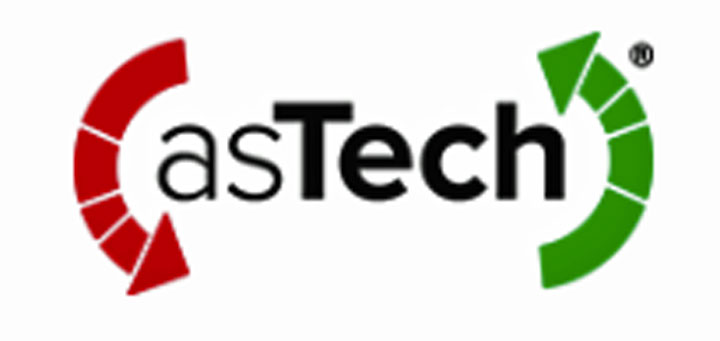
asTech Publishes Four Tips to Read and Understand OBD-II Codes
- Posted on 12 December 2018
This highly visible malfunction indicator lamp (MIL), also known as a check engine light, can be set off for a variety of reasons related to electrical problems, mechanical issues, and even after a crash. Scan tools can usually pick up the diagnostic trouble codes (DTC) to assist in figuring out where the issue lies so it can be fixed, but this is not always a guaranteed way to find the problem. Some issues, such as flaws in calibration, will not trigger the check engine light or report any diagnostic trouble codes.
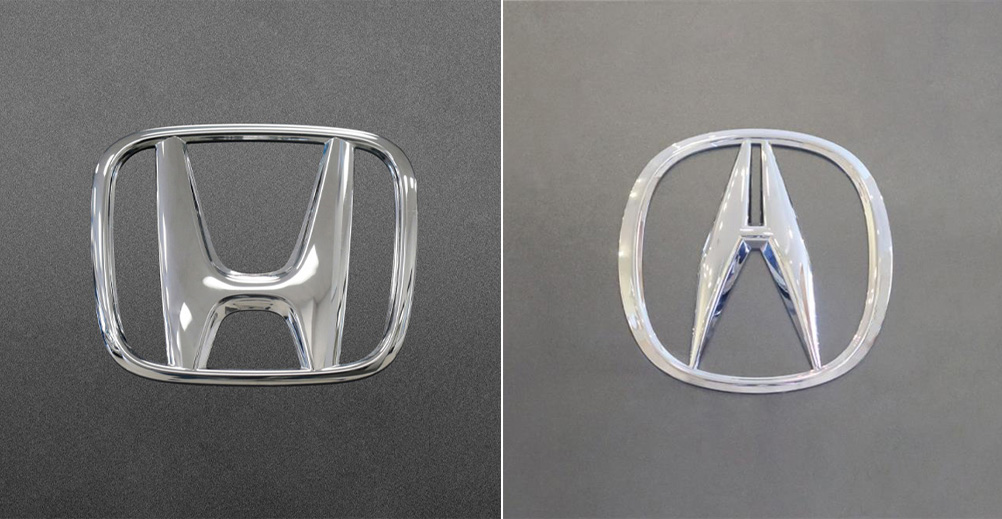
Honda/Acura Service Bulletin: Seam Sealers and Adhesives
- Posted on 11 December 2018
Honda/Acura has released a service bulletin on December 7, updating their recommended list of seam sealers and adhesives for collision body repairs. The charts in the bulletin contain a variety of products from 3M, Fusor, SEM, and Kent.
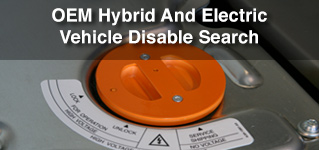
A Video Tour Of The RTS Portal: OEM Hybrid And Electric Vehicle Disable Search
- Posted on 07 December 2018
The Repairability Technical Support (RTS) team has put together a series of videos highlighting each area of the RTS portal. These videos are designed to help educate you on the types of information you will find in each area. Let’s take a look at the OEM Hybrid And Electric Vehicle Disable Search page.
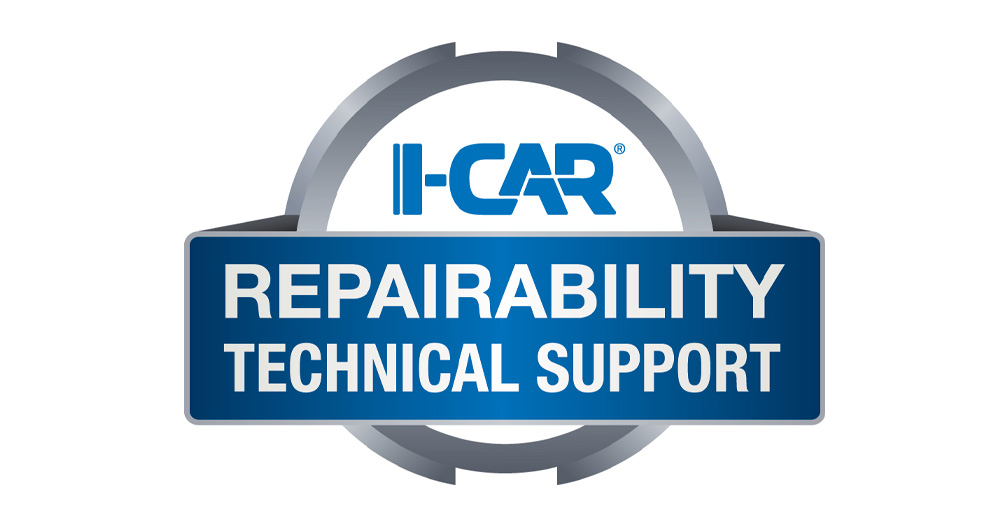
Enhancements to OEM Hybrid and Electric Vehicle Disable Search
- Posted on 07 December 2018
In 2015, I-CAR RTS looked toward the future of vehicle technology by releasing the OEM Hybrid and Electric Vehicle Disable Search. This search made finding vehicle-specific hybrid and electric vehicle disable procedures, emergency response guides, refinishing and welding precautions, locations of the batteries, and location of the high-voltage disconnect quick and easy to find. Since the initial launch, many updates and new vehicles have been added to the vehicle search. Let’s see what enhancements were made.
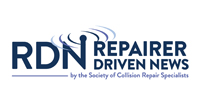
Repairer Driven News: Are More Electric Vehicles On The Horizon?
- Posted on 07 December 2018
It seems everyday concerns about fuel economy and the environment take a grasp on the collision industry. Differing construction materials, fastening methods, and vehicle technology will force many repairers to adapt to new repair methods. According to an article by Repairer Driven News (RDN), the strongest force in vehicles may be electric vehicles.
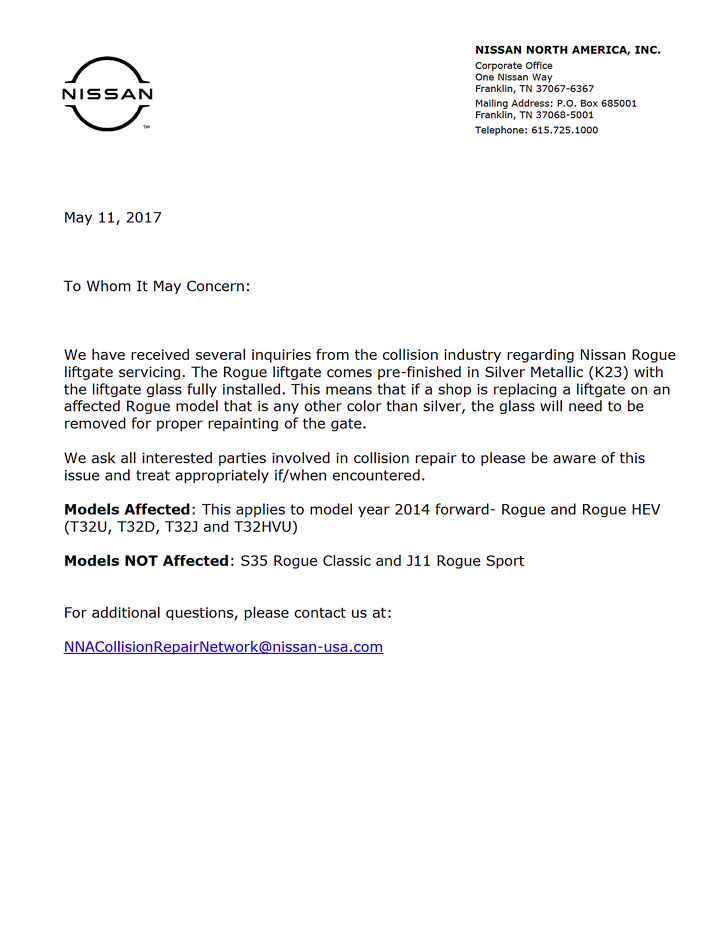
OEM Linking Pin: Nissan Rogue Liftgate Clarification
- Posted on 05 December 2018
As the industry continues to ask about servicing the Nissan Rogue liftgate, we reached out to Nissan and they provided us with this letter as their answer.
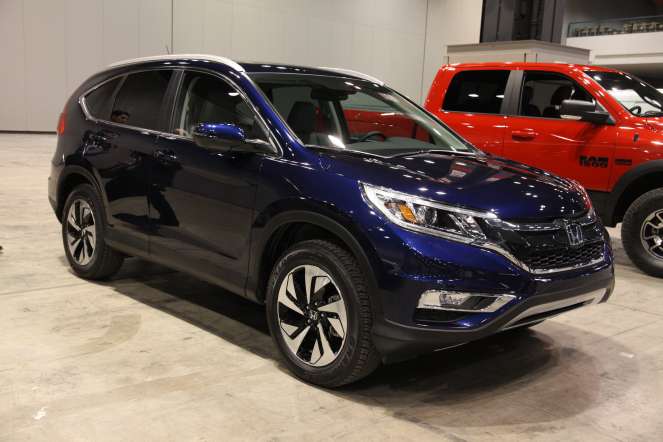
Sectioning and Partial Part Replacement: 2018 Honda CR-V
- Posted on 04 December 2018
One of the top technical inquiries received at Ask I-CAR is, “Is there a sectioning or partial replacement procedure available?” To help answer this question, RTS has an OEM Partial Part Replacement Search available. Here you will find information on if these procedures are available on a specific vehicle. Let’s take a closer look at the 2018 Honda CR-V.
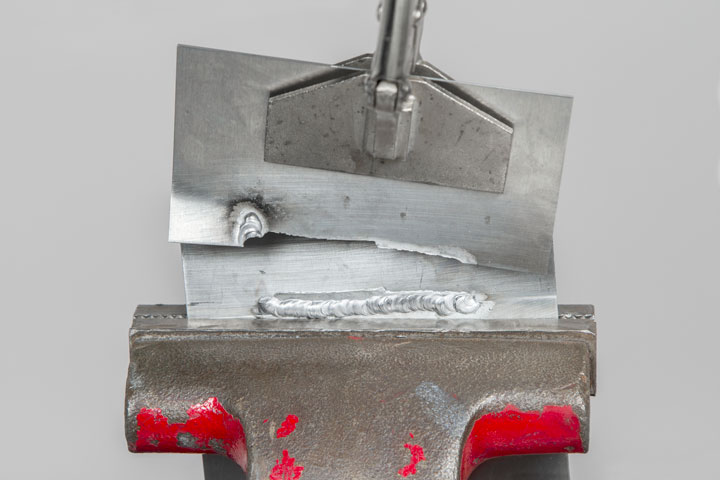
Back-To-Basics: Destructive Weld Testing
- Posted on 03 December 2018
Sometimes, going back to the basics can make the difference between a quality repair and a failed repair. When it comes to welding, destructive testing of the welds ensures the technician is prepared for this crucial step in the repair process.
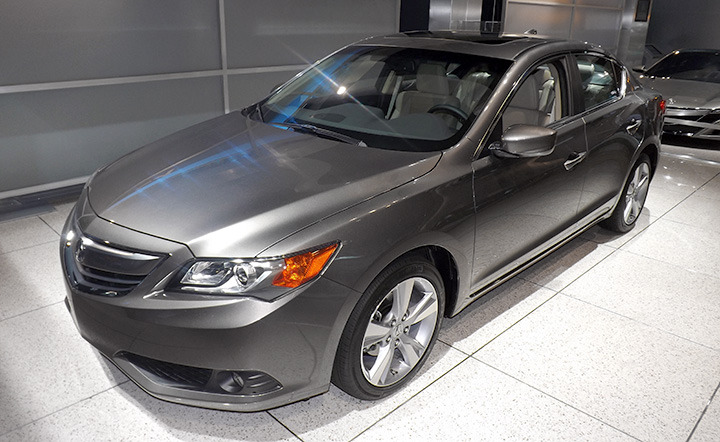
Sectioning and Partial Part Replacement: 2018 Acura ILX
- Posted on 30 November 2018
One of the top technical inquiries received at Ask I-CAR is, “Is there a sectioning or partial replacement procedure available?” To help answer this question, RTS has an OEM Partial Part Replacement Search available. Here you will find information on if these procedures are available on a specific vehicle. Let’s take a closer look at the 2018 Acura ILX.

OEM Linking Pin: Subaru Airbag Precautions Clarification
- Posted on 29 November 2018
As part of the I-CAR Repairability Technical Support (RTS) OEM linking pin activity, we are helping to connect the collision repair industry to the vehicle makers. Recently we had a technical inquiry that asked for clarification on a caution found in the Airbag System ➤ General Description of the service manual:

2019 Mazda3 Release
- Posted on 28 November 2018
The 2019 Mazda3 was unveiled at the Los Angeles Auto Show this year with the goal of increasing driver comfort. This includes a redesigned body and engine. In addition, more advanced driver assistance systems (ADAS) will be available.

Why Can’t I Find Certain Vehicles In The OEM Calibration Requirements Search?
- Posted on 27 November 2018
With 2018 nearing the end, the Repairability Technical Support (RTS) team is finishing up adding 2018 models to the OEM Calibration Requirements Search. However, if you have used this search since it has been launched you may have noticed a few missing models.
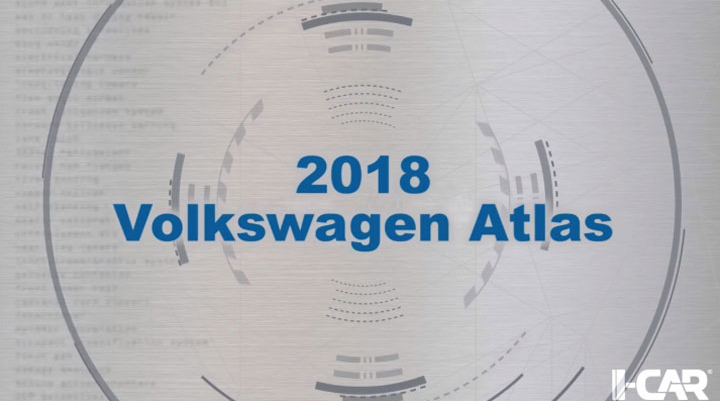
I-CAR 360: 2018 Volkswagen Atlas Video Now Available
- Posted on 26 November 2018
The I-CAR Repairability Technical Support (RTS) team recently developed a new I-CAR 360 video on the 2018 Volkswagen Atlas. The video provides a 360° tour around the Atlas. Let’s take a look.

Locating ADAS Information
- Posted on 21 November 2018
As a collision repair technician, it may seem like all the necessary information you would need would be located in the service manual, but this is not the case for modern vehicles. Sometimes the information for a complete repair can be housed in multiple manuals. Fortunately, The Repairability Technical Support Portal (RTS) has videos on how to navigate each OEM website.
-
Toyota/Lexus/Scion Position Statement: Pre- and Post-Repair System Scanning
Thursday, 28 July 2016
As the industry continues to ask if pre- and post-repair system scanning is necessary, Toyota/Lexus/Scion provides their answer.
-
Pre- and Post-Repair System Scanning Statements
Wednesday, 9 January 2019
Are you wondering if a particular OEM or organization has a published statement on pre-repair and post-repair scanning? We have compiled a list of most of the statements on the subject, so you can...
-
ADAS, Calibration, And Scanning Article Hotspot
Monday, 14 January 2019
Since advanced driver assistance systems (ADAS), scanning, and calibration first started becoming relevant, members of the collision repair industry have required as much knowledge as possible on...
-
BMW Position Statement: Pre- and Post-Repair System Scanning - UPDATE
Friday, 10 April 2020
BMW has released a position statement related to pre- and post-repair system scanning. The statement applies to All vehicles equipped with on board diagnostics II (OBD II).
-
Honda/Acura Position Statement: Pre- and Post-Repair System Scanning - UPDATE
Wednesday, 22 May 2019
Honda /Acura has updated their position statement on pre- and post-repair scanning to give more clarification on what is expected for scanning.
-
Quickly Identifying Outer Quarter Panels w/Rolled Hem Flanges
Monday, 5 March 2018
The I-CAR best practice article, Recycled Outer Quarter Panels w/Rolled Hem Flanges has gotten a lot of interest from the collision repair industry. It’s important to know which vehicles are...
-
General Motors Position Statement: Pre- and Post-Repair System Scanning
Friday, 21 October 2016
As the industry continues to ask, are pre- and post-repair scans necessary, General Motors provides their answer.
-
Restraints Wiring Repairs
Monday, 23 May 2016
Over the past few months, we've been sharing OEM position statements on restraints wiring repairs. Now we're bringing them all together in one place for easy reference.
-
FCA/Stellantis Position Statement: Pre- and Post-Repair System Scanning
Thursday, 9 June 2016
FCA/Stellantis has released a position statement related to pre- and post-repair system scanning.
-
Typical Calibration Requirements For Forward Radar Sensors
Wednesday, 12 October 2016
Technicians should be aware of what’s required to keep advanced driver assistance systems (ADAS) running safely after a collision. Whether that be aiming a camera, which can cause a system to not...
-
Your 2025 Favorites: Top Articles
Friday, 16 January 2026
As 2026 rolls in, we can reflect back on what the previous year had to offer. Let's take a look at some of the collision industry information you've been most interested in from this past year....
-
App-Based Connected Services Considerations: Toyota/Lexus
Thursday, 15 January 2026
Have you had the experience where the vehicle notified the owner that it was being moved while it was in your repair facility? App-based connected services are available from many vehicle makers and may...
-
Digital Key Considerations: Toyota/Lexus
Thursday, 15 January 2026
The intermingling of technology and automobiles continues, with digital key offerings from most vehicle makers. Digital keys utilize smartphone technology to expand vehicle access and owner...
-
Nissan/INFINITI Position Statements: Advanced Driver Assistance System Components
Thursday, 8 January 2026
Nissan/INFINITI released position statements on the use of salvaged, aftermarket, and "secondary-market" advanced driver assistance systems (ADAS) components.
-
I-CAR Repairers Realm: RTS 2025 Year In Review - Now Available
Tuesday, 6 January 2026
I-CAR had a discussion on the Repairability Technical Support (RTS) 2025 year in review.
-
Ford On Target 2025: Volume 4
Monday, 5 January 2026
Ford has released the fourth installment of their On Target publication for 2025.
-
Structural Sectioning Procedures: Ford/Lincoln - UPDATE
Friday, 19 December 2025
Ask I-CAR receives many technical inquiries referring to sectioning. The collision repair industry wants to know where can you section, does the OEM have a sectioning procedure, and where can I find the...
-
Body Repair Manual Symbols: Hyundai
Wednesday, 17 December 2025
While looking at repair procedures in a body repair manual (BRM) you may notice that symbols are used to indicate specific operations or parts to be used during the repair process. Most BRMs provide a...
-
Body Repair Manual Symbols: Genesis
Wednesday, 17 December 2025
While looking at repair procedures in a body repair manual (BRM) you may notice that symbols are used to indicate specific operations or parts to be used during the repair process. Most BRMs provide a...
-
App-Based Connected Services Considerations: BMW
Wednesday, 10 December 2025
Have you had an experience where the vehicle notified the owner that it was being moved while it was in your repair facility? App-based connected services are available from many vehicle makers and...
- 2026
- January 2026 (6)
- 2025
- December 2025 (8)
- November 2025 (11)
- October 2025 (13)
- September 2025 (11)
- August 2025 (12)
- July 2025 (11)
- June 2025 (11)
- May 2025 (11)
- April 2025 (13)
- March 2025 (12)
- February 2025 (11)
- January 2025 (12)
- 2024
- December 2024 (8)
- November 2024 (10)
- October 2024 (13)
- September 2024 (10)
- August 2024 (12)
- July 2024 (11)
- June 2024 (9)
- May 2024 (13)
- April 2024 (12)
- March 2024 (12)
- February 2024 (12)
- January 2024 (9)
- 2023
- December 2023 (8)
- November 2023 (12)
- October 2023 (11)
- September 2023 (11)
- August 2023 (12)
- July 2023 (9)
- June 2023 (11)
- May 2023 (12)
- April 2023 (11)
- March 2023 (12)
- February 2023 (10)
- January 2023 (11)
- 2022
- December 2022 (11)
- November 2022 (12)
- October 2022 (11)
- September 2022 (13)
- August 2022 (11)
- July 2022 (10)
- June 2022 (13)
- May 2022 (11)
- April 2022 (12)
- March 2022 (10)
- February 2022 (11)
- January 2022 (13)
- 2021
- December 2021 (13)
- November 2021 (11)
- October 2021 (13)
- September 2021 (14)
- August 2021 (12)
- July 2021 (15)
- June 2021 (17)
- May 2021 (11)
- April 2021 (14)
- March 2021 (20)
- February 2021 (14)
- January 2021 (14)
- 2020
- December 2020 (13)
- November 2020 (17)
- October 2020 (12)
- September 2020 (14)
- August 2020 (11)
- July 2020 (18)
- June 2020 (14)
- May 2020 (14)
- April 2020 (19)
- March 2020 (12)
- February 2020 (13)
- January 2020 (14)
- 2019
- December 2019 (13)
- November 2019 (19)
- October 2019 (25)
- September 2019 (20)
- August 2019 (22)
- July 2019 (23)
- June 2019 (20)
- May 2019 (19)
- April 2019 (20)
- March 2019 (20)
- February 2019 (18)
- January 2019 (17)
- 2018
- December 2018 (18)
- November 2018 (19)
- October 2018 (17)
- September 2018 (16)
- August 2018 (21)
- July 2018 (20)
- June 2018 (21)
- May 2018 (17)
- April 2018 (19)
- March 2018 (21)
- February 2018 (15)
- January 2018 (20)
- 2017
- December 2017 (13)
- November 2017 (15)
- October 2017 (19)
- September 2017 (20)
- August 2017 (19)
- July 2017 (18)
- June 2017 (19)
- May 2017 (18)
- April 2017 (13)
- March 2017 (18)
- February 2017 (10)
- January 2017 (11)
- 2016
- December 2016 (9)
- November 2016 (14)
- October 2016 (21)
- September 2016 (10)
- August 2016 (11)
- July 2016 (8)
- June 2016 (10)
- May 2016 (5)
- April 2016 (11)
- March 2016 (12)
- February 2016 (10)
- January 2016 (8)
- 2015
- December 2015 (9)
- November 2015 (6)
- October 2015 (8)
- September 2015 (7)
- August 2015 (11)
- July 2015 (7)
- June 2015 (5)
- May 2015 (7)
- April 2015 (8)
- March 2015 (8)
- February 2015 (9)
- January 2015 (10)
- 2014
- December 2014 (12)
- November 2014 (7)
- October 2014 (11)
- September 2014 (10)
- August 2014 (9)
- July 2014 (12)
- June 2014 (9)
- May 2014 (12)
- April 2014 (9)
- March 2014 (6)
- February 2014 (1)
- January 2014 (26)










